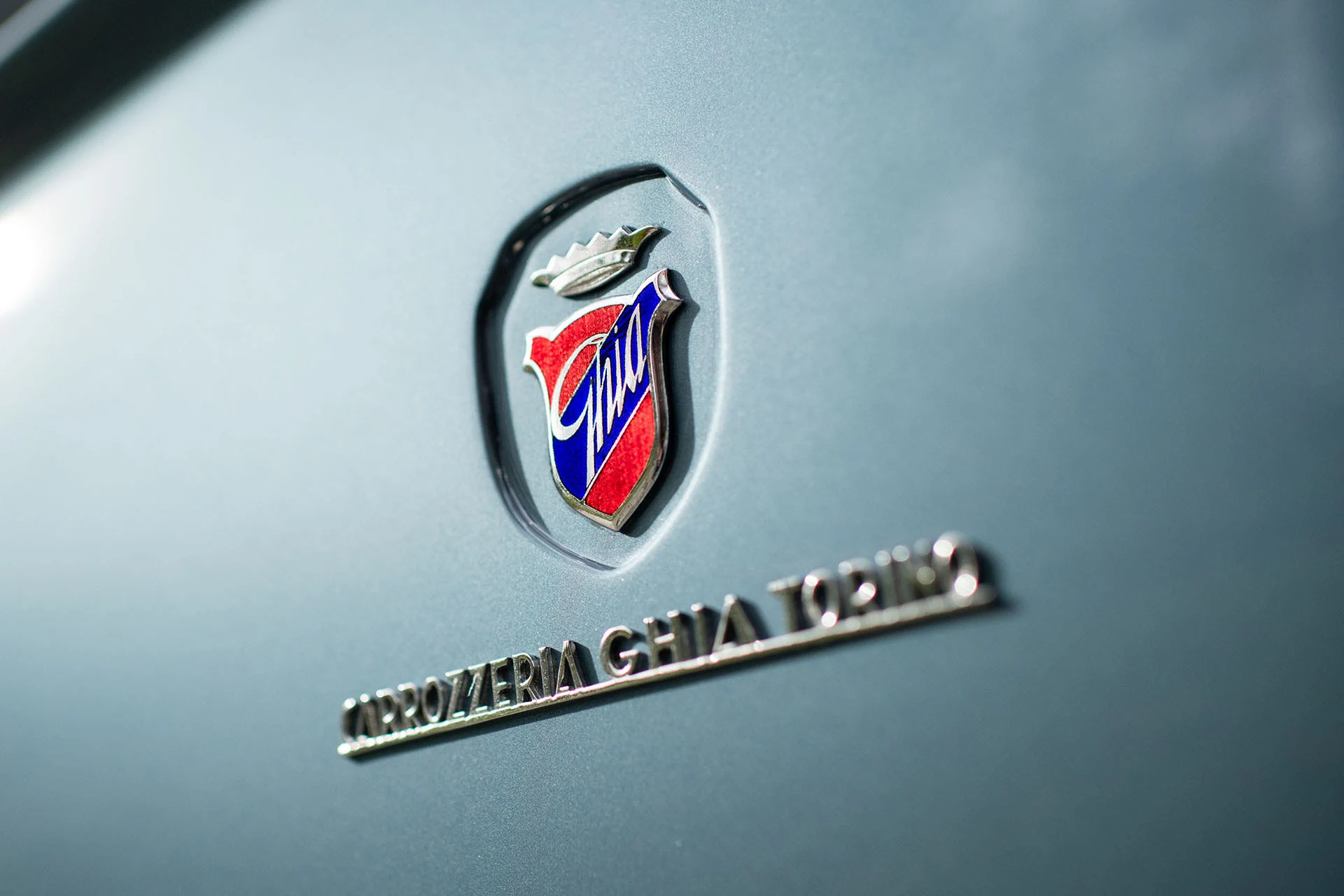The myth of Italian coachbuilders: Ghia
06 April 2024 3 min read 4 images

Photo credit: Ford, RM Sotheby’s, Volkswagen
Founded in 1916 by Giacinto Ghia, the company specialized in the production of aluminum bodies for racing cars. Among these were the famous Alfa Romeo 6C 1500 and the Fiat 508 Balilla Sport, which were both successful in sales and in competitions, most notably in the Mille Miglia.
Register to unlock this article
Signing up is free and gives you access to hundreds of articles and additional benefits. See what’s included in your free membership. See what's included in your free membership.
Already have an account? Log In


